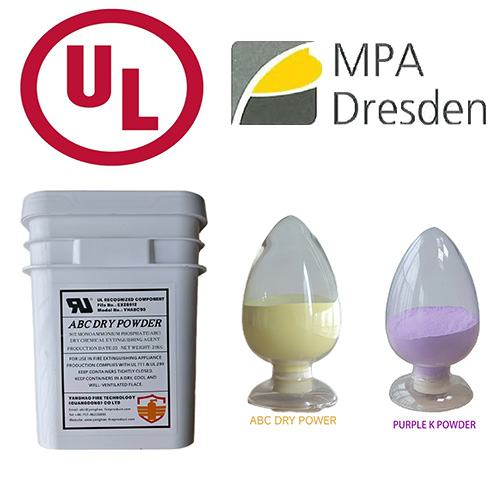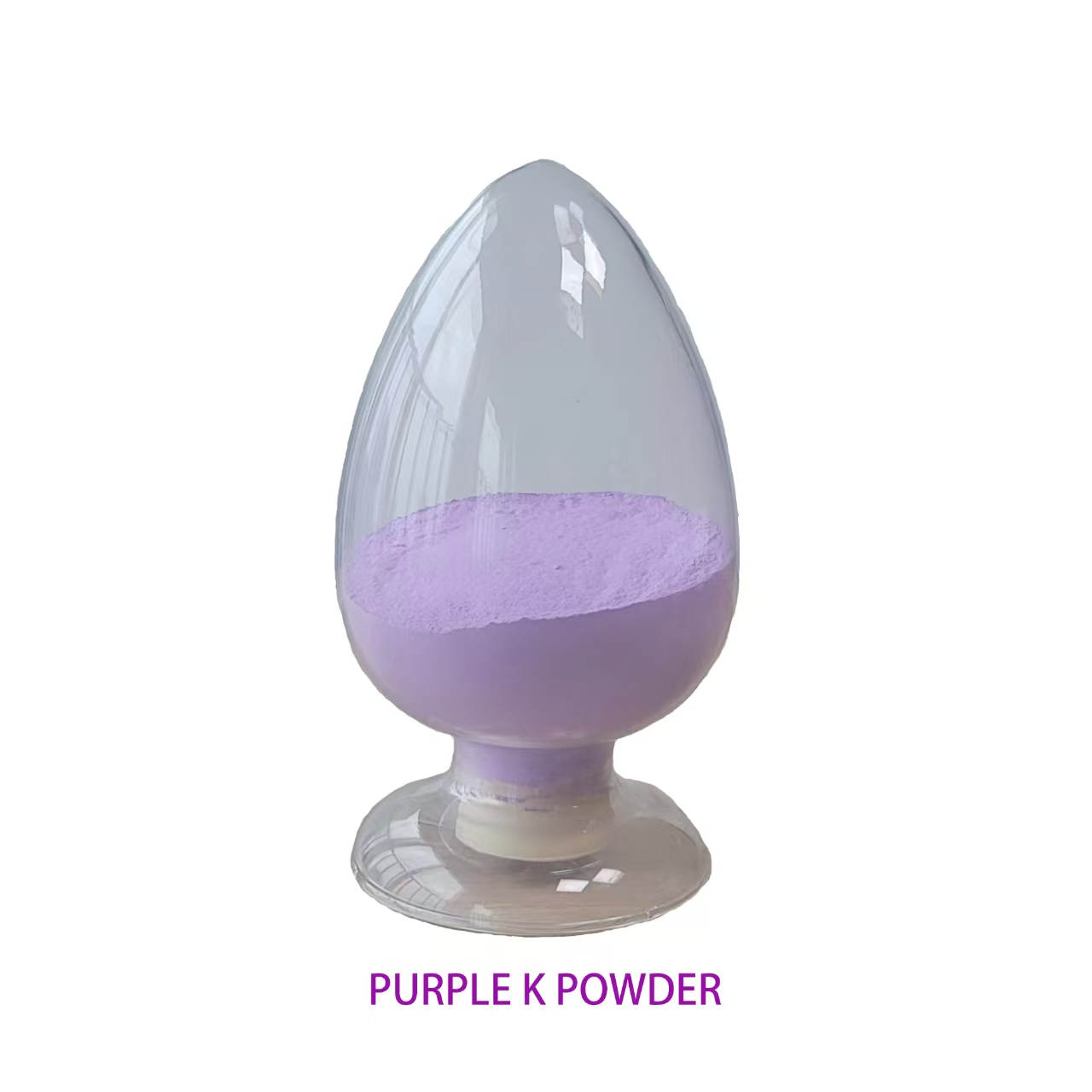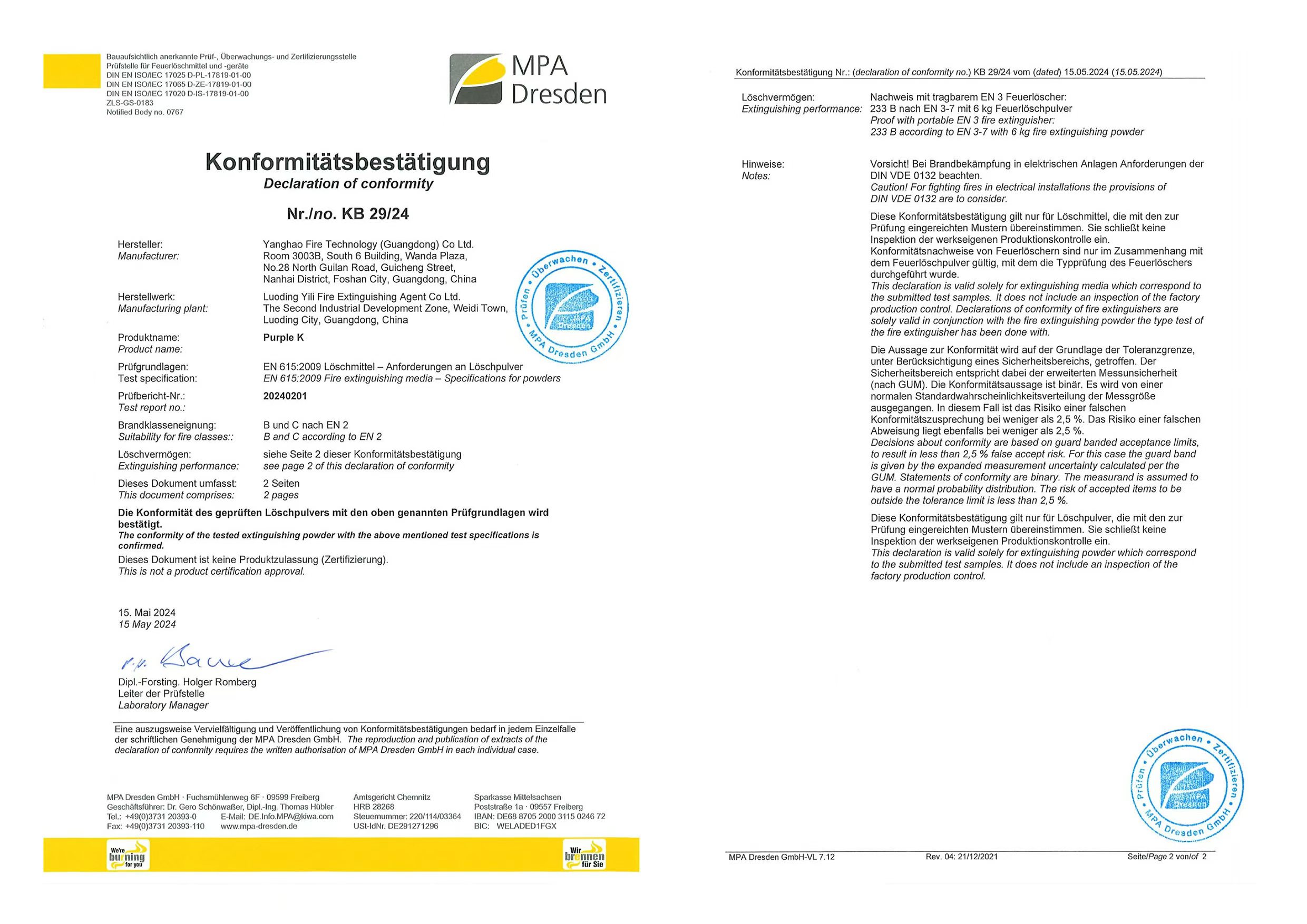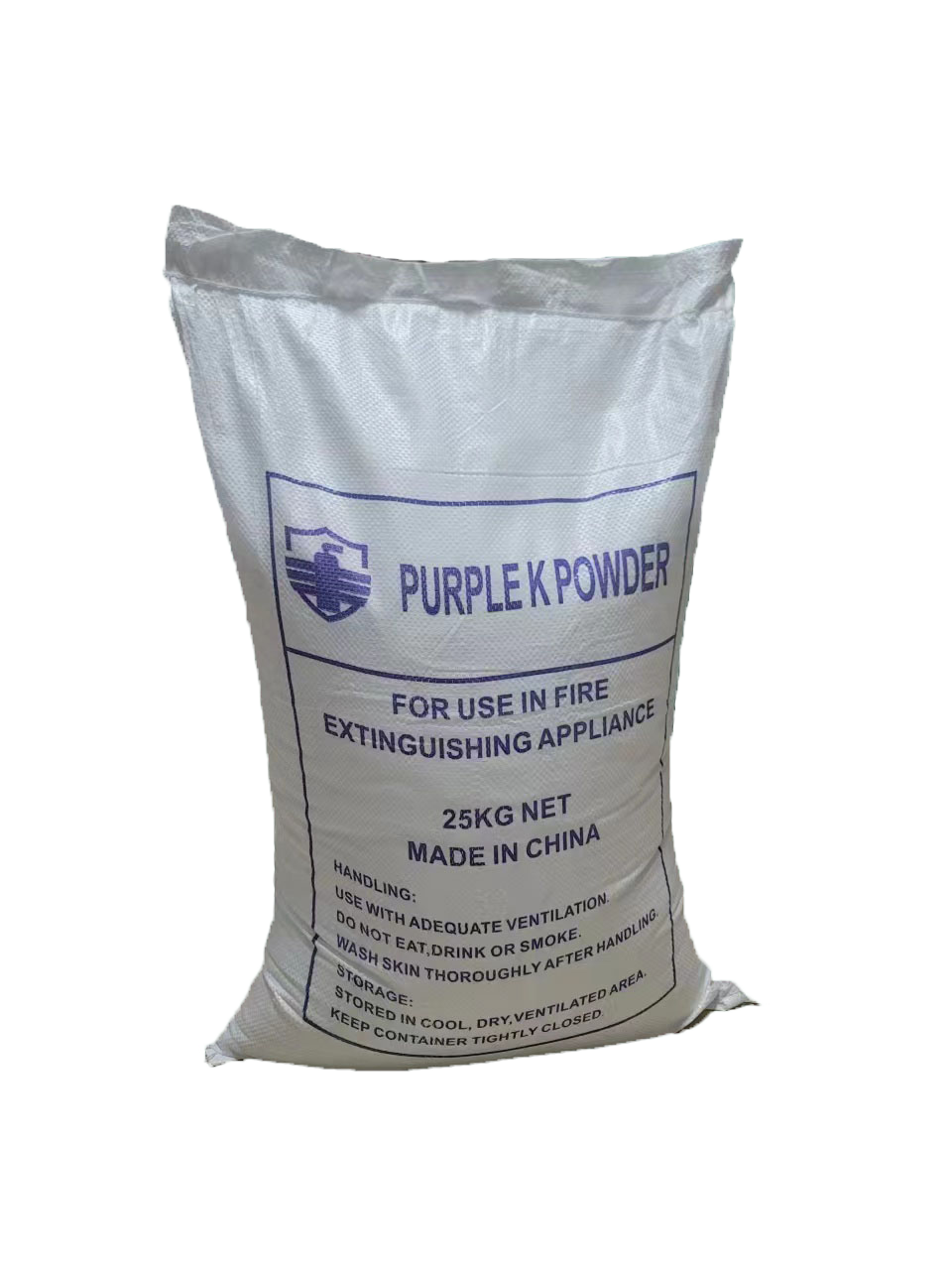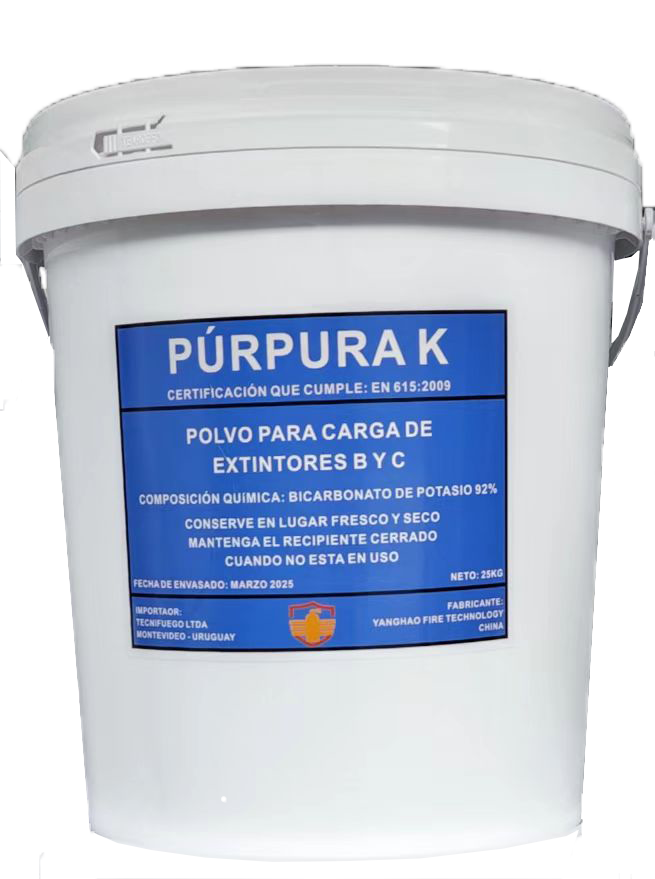Class B Fires Best Choice: Why Purple K Increases Extinguishing Efficiency by 50% on Ethanol Gasoline Fires
1. Introduction
As global fuel markets diversify, ethanol-blended fuels—especially ethanol gasoline—are becoming more common. However, their high flammability and volatility pose serious Class B fire risks. These types of fires, caused by flammable liquids like gasoline, alcohol, and industrial solvents, require specialized fire suppression agents for effective control.
Among all the options available, Purple K dry chemical powder stands out as the most effective for suppressing Class B fires, especially those involving ethanol gasoline. Field tests and chemical evaluations consistently show that Purple K can improve firefighting efficiency by up to 50% compared to traditional ABC or BC powders.
This article explores why Purple K is uniquely suited for ethanol gasoline fires, how it works, and why it should be the preferred fire suppression agent in industries where liquid fuels pose critical fire hazards.
2. Understanding Class B Fires and Ethanol Gasoline Hazards
Class B fires are defined by their source: flammable liquids such as gasoline, alcohol, paint, and kerosene. These fires spread quickly and are difficult to extinguish with water or even general-purpose powders.
Ethanol Gasoline’s Added Risk
Ethanol-blended fuels burn cleaner but are more difficult to suppress. This is because ethanol is water-miscible, meaning it mixes with water and resists extinguishment by conventional agents. Moreover, it burns with a nearly invisible flame, adding another layer of danger.
In recent years, the increasing use of ethanol gasoline in developing countries and biofuel initiatives has made the need for effective fire suppression agents more urgent than ever. Traditional ABC powders, while versatile, are not optimized for this type of Class B fire.
3. What Is Purple K and How Does It Work?
Purple K is a potassium bicarbonate-based fire suppression agent, chemically engineered to interrupt the chain reaction of a burning liquid fire. It works by:
Chemically interfering with the combustion process at the molecular level.
Absorbing heat and displacing oxygen around the flame.
Coating the fuel surface to prevent re-ignition.
These features make Purple K significantly more effective than other dry chemical agents when facing intense Class B fires.
4. Why Purple K Outperforms Other Agents by 50%
Faster Flame Knockdown
In ethanol-gasoline fire tests, Purple K suppressed flames in less than half the time required by ABC powders. Its fine particle size and potassium content provide rapid chemical inhibition.
Higher Heat Tolerance
ABC powder begins to degrade in extreme heat. In contrast, Purple K maintains its chemical stability, continuing to act as a barrier against flame spread.
Minimal Flame Re-Ignition
Once a fire is suppressed, Purple K leaves a more stable protective layer on the surface of the burning liquid. This reduces the likelihood of re-flash, a common issue with ethanol gasoline fires.
Lower Agent Consumption
Because of its higher firefighting efficiency, Purple K requires less material to achieve total suppression, reducing both cost and downtime for refills.
Verified in Industrial and Military Use
Airport fuel depots, military facilities, and petrochemical plants have adopted Purple K as the gold standard fire suppression agent for Class B fires involving alcohol fuels.
5. Technical Comparison Table
Feature | Purple K | ABC Powder | BC Powder |
Active Ingredient | Potassium Bicarbonate | Ammonium Phosphate | Sodium Bicarbonate |
Effectiveness on Ethanol | ★★★★★ (Excellent) | ★★☆☆☆ (Low) | ★★★☆☆ (Moderate) |
Particle Size | Very Fine | Medium | Medium |
Re-Ignition Rate | <5% | >20% | >15% |
Required Dosage | Low | High | Medium |
This comparison highlights how Purple K is specifically optimized for ethanol gasoline and other Class B fires, confirming its value as a top-tier fire suppression agent.
6. Where to Use Purple K
Purple K is ideal in applications where Class B fires are a dominant risk:
Fuel Storage Terminals
Airports and Helipads
Chemical Processing Plants
Race Tracks with High-Octane Fuels
Marine Terminals Handling Ethanol Blends
When safety is non-negotiable, and response time is critical, Purple K provides superior firefighting efficiency that saves lives and assets.
7. Cautions and Compatibility
While Purple K is powerful, it’s important to note:
It is not suitable for Class A (solids) or Class D (metals) fires.
It should not be mixed with ABC or BC powders to avoid chemical interaction.
The equipment used for Purple K must be clearly labeled and stored under dry, sealed conditions.
Cross-contamination can reduce the effectiveness of the fire suppression agent and should be avoided.
8. Summary and Buyer Guidance
If you're sourcing fire suppression agents for ethanol-rich environments, Purple K should be your first choice. Its performance on Class B fires, especially ethanol gasoline blends, is unmatched.
Tips for Buyers:
Ensure the product is UL or EN certified for Class B fires.
Request SDS and independent burn test results.
Confirm it is 100% potassium bicarbonate-based Purple K, not blended with cheaper agents.
Evaluate firefighting efficiency reports to compare with your site risk profile.
9. Conclusion
As ethanol gasoline becomes a global fuel standard, the risks associated with Class B fires will only increase. Buyers, engineers, and safety officers must prioritize the most effective tools for such hazards.
Purple K is more than a color-coded agent—it's the result of advanced fire science optimized for volatile liquid fires. Its 50% improvement in firefighting efficiency makes it the leading fire suppression agent for any environment dealing with flammable fuels.
Investing in the right agent isn't just about compliance—it's about protecting people, property, and peace of mind.
